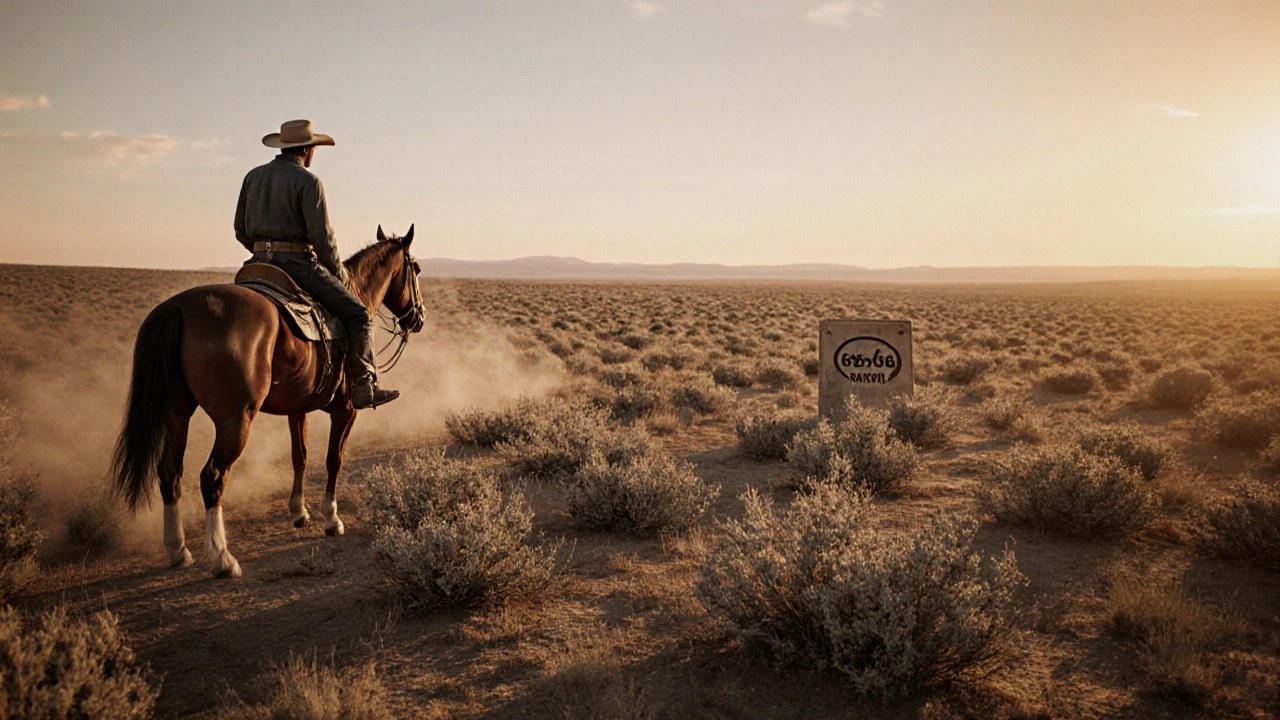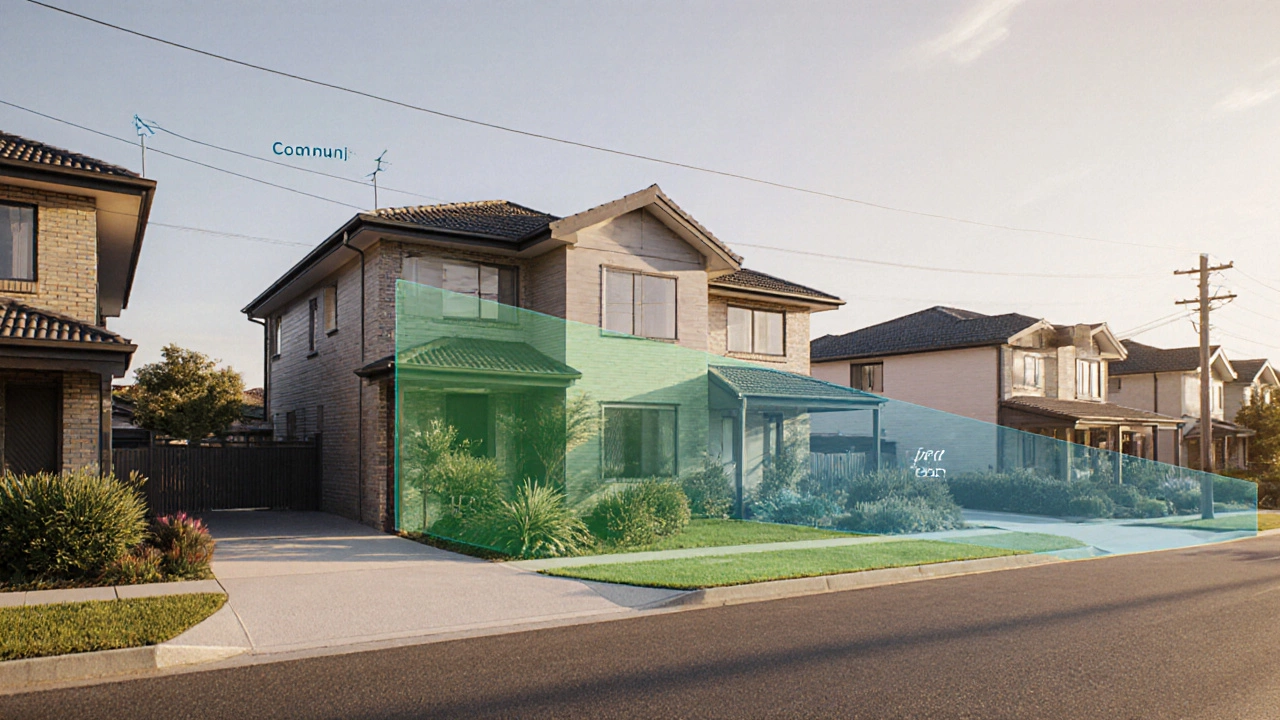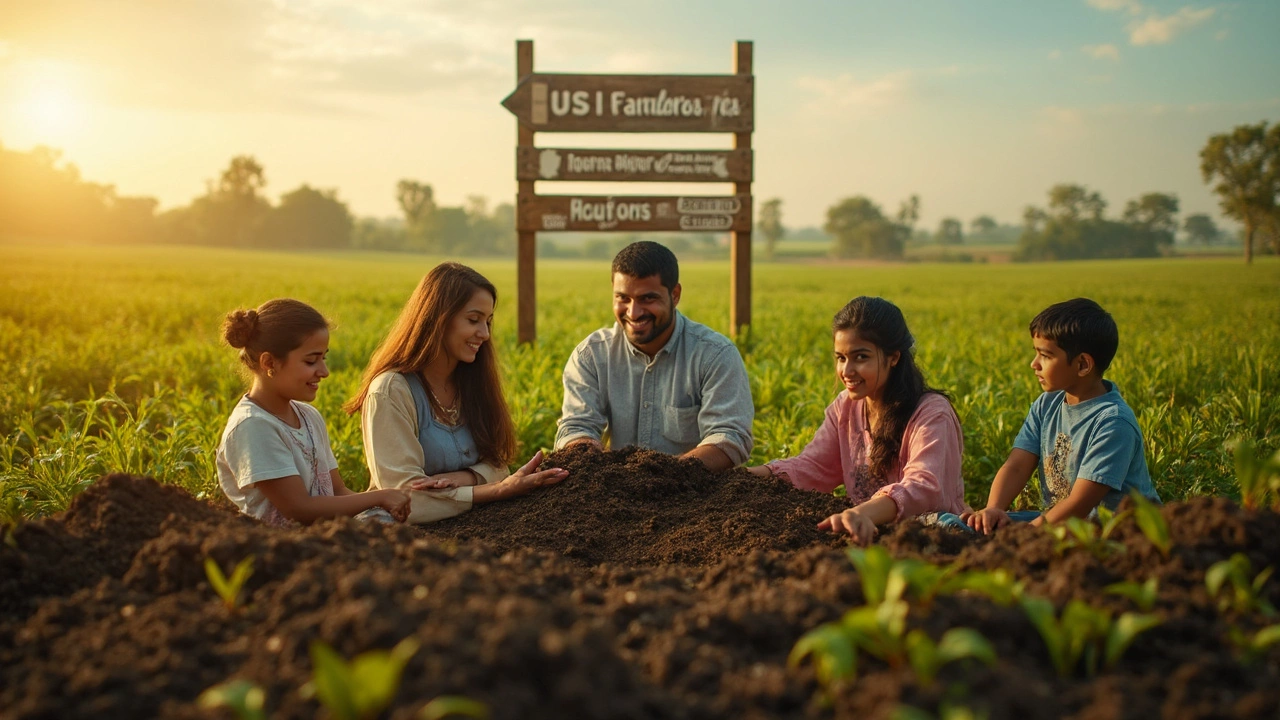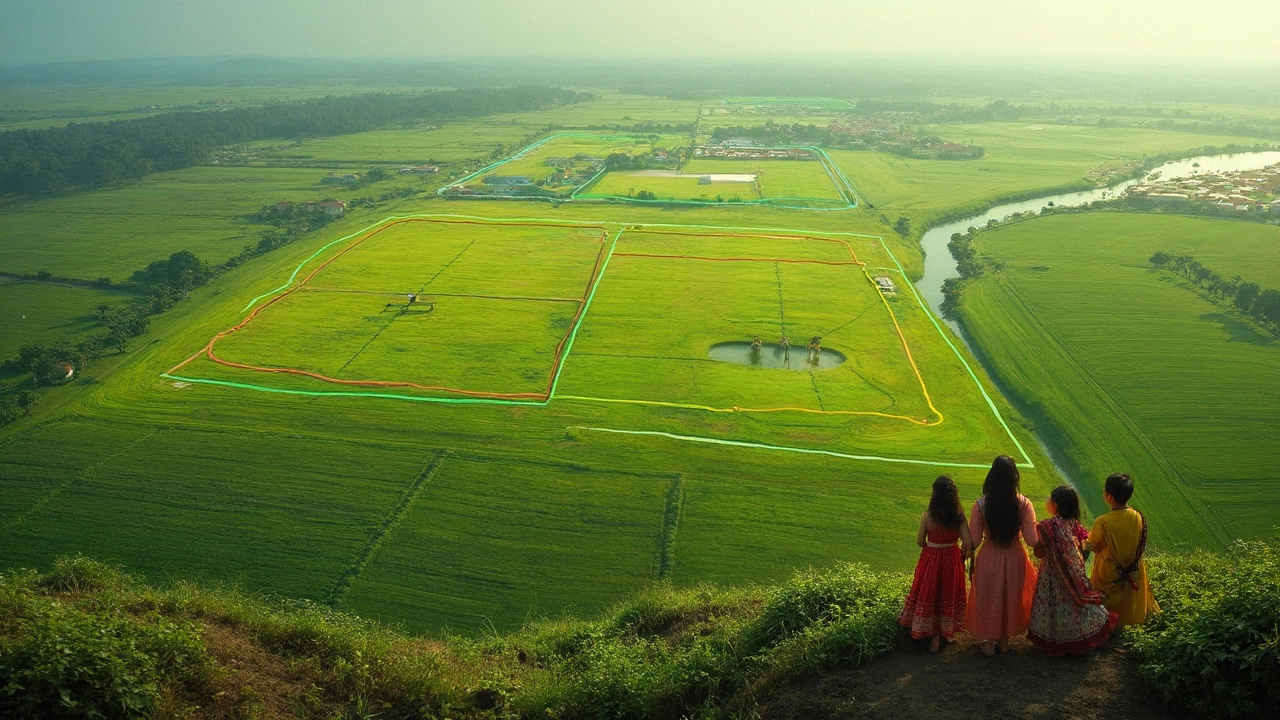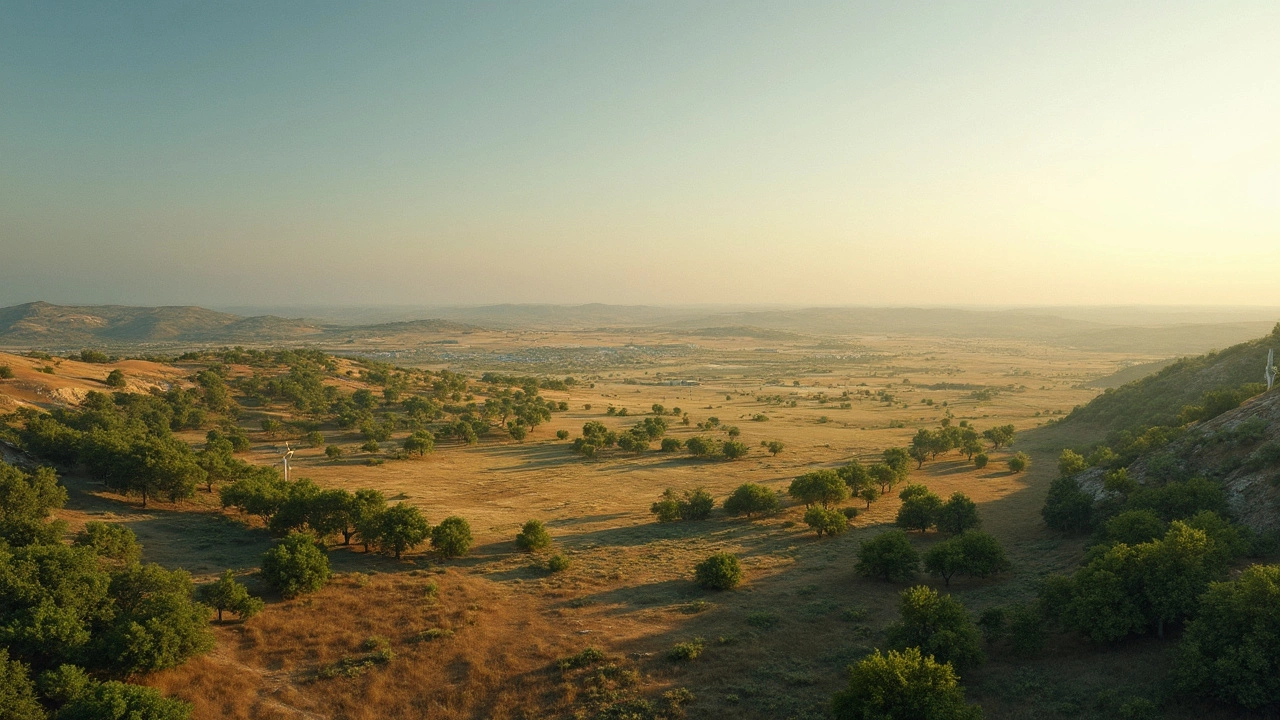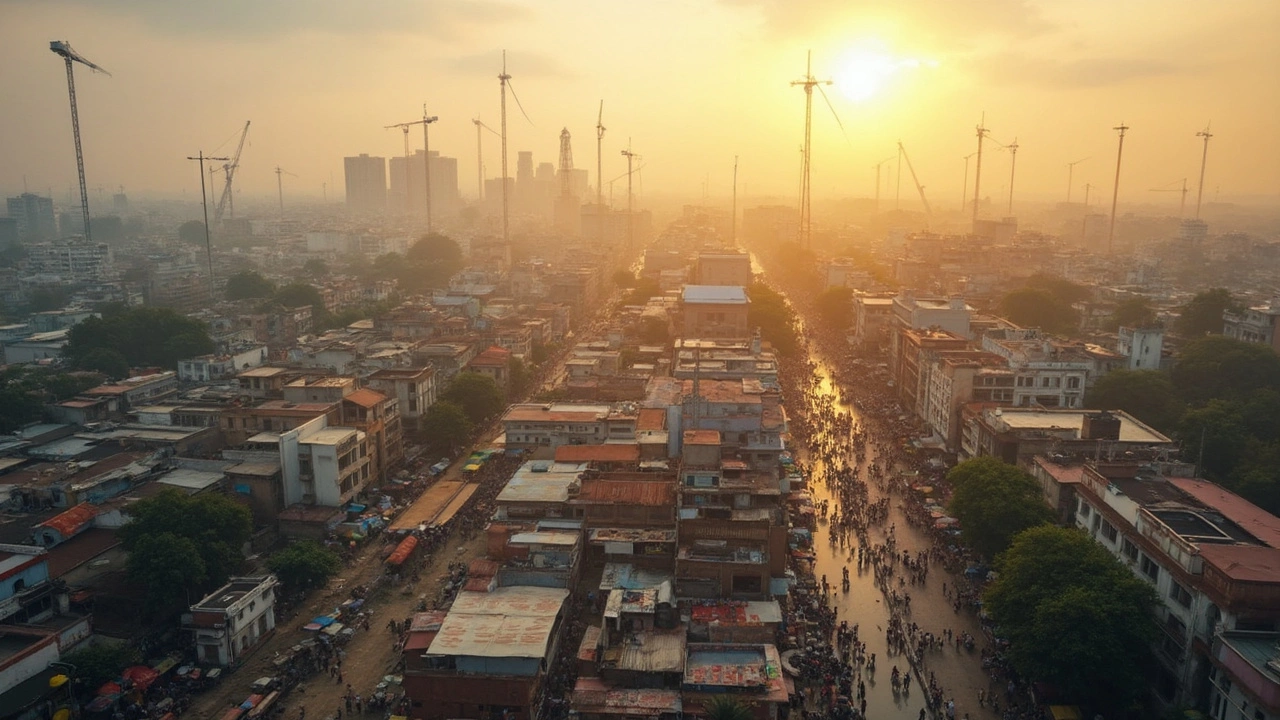Land Buying Tips, Price Guides & Size Comparisons
Thinking about buying land? You’re in the right place. Whether you want a tiny lot for a weekend cabin or a sprawling farm, the basics stay the same: know the price, understand the size, and pick the right time. Below you’ll find straight‑forward advice that cuts the jargon and gets you ready to make a smart move.
What to Look at Before You Pay
First thing’s first – check the soil. Good soil isn’t just for farmers; it affects drainage, construction costs, and future resale value. States like Iowa and Nebraska rank high for fertile dirt, while desert regions may need extra prep work. Next, dig into utilities. Does the plot have access to water, electricity, and internet? Even if you plan to build later, having the connections nearby saves time and money.
Location matters a lot. Proximity to highways, schools, and markets can boost land value quickly. On the flip side, land in a quiet rural area might be cheaper but could be harder to sell later if demand shifts. Look at zoning rules, too – some parcels are restricted to agriculture, while others allow residential or commercial projects.
Size Made Simple: Acres and Football Fields
Many buyers get stuck visualizing an acre. A quick trick: one acre is about the size of a football field (without the end zones). So 5 acres looks like five fields side by side. If you’re eyeing 100 acres, picture a small stadium’s worth of fields – that’s a lot of space for farming, ranching, or subdividing for sale.
Our quick guides break these numbers down further. For example, “How Many Football Fields Is 1 Acre?” shows the exact math, and the “100 Acres in Football Fields” piece helps you picture even larger parcels. Knowing these comparisons makes it easier to talk to sellers, agents, and lenders.
Timing can save you a bundle. Land prices often dip in the off‑season – think late winter or early spring when buying slows down. Seasonal slowdowns mean sellers are more willing to negotiate, and you might snag a better deal on taxes and fees. Keep an eye on local market reports; they’ll clue you in on when inventory is high and prices are low.
If you’re focused on a specific state, remember that affordability varies wildly. Texas, for instance, offers a wide price range – 2 acres in the Hill Country can cost far more than the same size near the Panhandle. In contrast, some Midwestern states still have cheap farm land, especially in counties with lower population density.
Finally, always run the numbers. Add up purchase price, closing costs, property taxes, and any improvement expenses. Compare that total to your budget and expected return, whether you plan to farm, build, or hold for appreciation.
Ready to start your land hunt? Use Windsor Paradise Realty’s searchable listings, filter by price, size, and location, and apply the tips above to pick the right parcel. With the right knowledge, you’ll turn a piece of dirt into a valuable investment faster than you think.
Who Owns the 6666 Ranch? Uncovering the Family Behind the Four Sixes
by Arjun Mehta Oct 12 2025 0 LandDiscover the family behind the legendary 6666 Ranch, its ownership structure, operations, and how it compares to other iconic Texas ranches.
READ MOREUnderstanding Townhouse Land Ownership in Australia
by Arjun Mehta Oct 10 2025 0 LandLearn how to confirm who owns the land around your townhouse, understand private, common, and stated areas, and avoid common ownership pitfalls.
READ MOREBest Soil in the US: Where Is It and Why It Matters for Land Buyers
by Arjun Mehta Jun 14 2025 0 LandThinking about buying land and wondering which US state has the best soil? This article cuts through the confusion, highlighting where you’ll find the richest dirt and why it matters for farming and investment. Get to know which states stand out, what makes their soil unique, and key tips if you’re looking to build, farm, or flip land. We’ll dig into real data and everyday examples to help you make a smart move. Soil isn’t just dirt—if you want your land to work for you, you need the right foundation.
READ MOREHow Many Football Fields Is 1 Acre? Quick Land Size Comparisons
by Arjun Mehta Jun 12 2025 0 LandTrying to picture 1 acre? Here's how it stacks up compared to a football field. This article breaks down acre measurements in plain terms using real-world examples. You'll find out why using sports fields is handy for land deals and what else you can fit in an acre. Get tips for land buyers who want a clear visual before making a purchase.
READ MOREHow Big Is 100 Acres in Football Fields? Quick Land Size Comparison
by Arjun Mehta May 29 2025 0 LandEver wondered how big 100 acres really is? Comparing acres to football fields makes it easier to picture, especially if you're eyeing land for sale. This article breaks down the math, gives real-world size comparisons, and shares surprising ways people use plots this large. You'll walk away ready to spot a 100-acre parcel with confidence. Planning to buy or just curious, this quick guide is packed with practical info.
READ MOREWhat Time of Year Is Land Cheapest? Your Guide to Timing Land Purchases
by Arjun Mehta Apr 24 2025 0 LandCurious when land prices hit rock bottom? This article explores exactly when land tends to be cheapest during the year, why timing matters, and how local factors play a big role. Learn how market slowdowns, weather, and property taxes affect what you'll pay. Get smart tips on negotiating and spotting deals. Perfect for anyone ready to buy land and looking for the best deal.
READ MOREHow Much is 2 Acres of Land Worth in Texas?
by Arjun Mehta Apr 16 2025 0 LandLand prices in Texas can vary significantly based on factors like location, utilities, accessibility, and buyer demand. This article explores the current market value of 2 acres of land across different regions in Texas. We also provide insights into factors that influence pricing, tips for prospective buyers, and how to evaluate potential investments in the Lone Star State.
READ MOREWhat State Tops the List for Unaffordable Land?
by Arjun Mehta Feb 26 2025 0 LandExploring the reasons behind soaring land prices, this article delves into which state is the most unaffordable when it comes to buying land. Learn about the factors driving up costs and find tips for potential buyers looking to enter the market. Discover how lifestyle, demand, and location play a role in property affordability.
READ MOREWhere's the Cheapest Place to Own a Farm?
by Arjun Mehta Feb 6 2025 0 LandEver dreamed of owning a farm but worry about the costs? Finding affordable land is crucial to starting your farming journey. In this article, we'll explore the most affordable locations for starting a farm, breaking down costs, climate conditions, and local resources. Discover hidden gems where farming is not only cheaper but also immensely rewarding. Jump into this journey of affordability and opportunity.
READ MORE